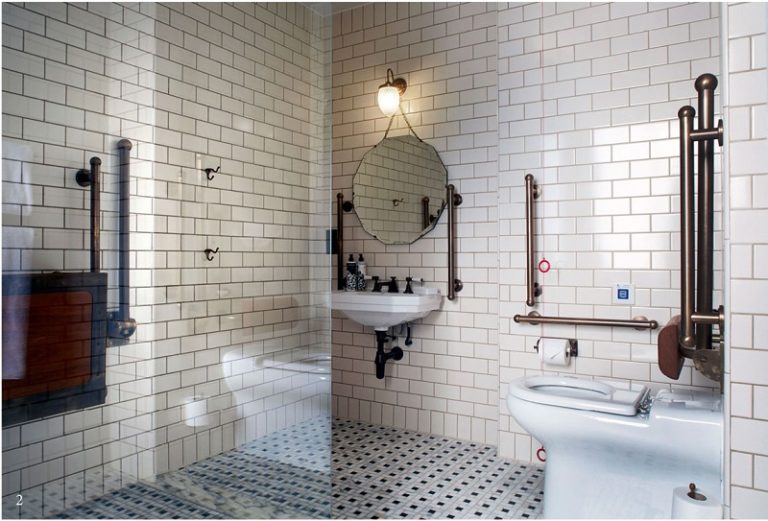The bathroom should be a sanctuary within the home, but for those with mobility difficulties, it can also be the most dangerous room. That’s why it is the most common room to require adaptation to allow users to carry on living independently.
Altering peoples’ homes to suit changing mobility or disabilities is fundamentally about meeting consumer needs.
The same universal design principles apply, whether it’s consideration of the plumbing and spacing of the fixtures, the storage around the bathroom, environmental requirements, or design aesthetic. At the end of the day, it’s about integrating all these aspects into one functional and enjoyable space.
Manufacturers are constantly working to keep one step ahead of the increasing demand for adaptable and inclusive bathroom products, to meet the needs of the market.
Multi-generational living has become more commonplace, with more than 1million UK homes now having three generations under the same roof. Earlier this year, the Bathroom Manufacturers Association set up a Special Interest Group to discuss the adaptions market, and we quickly found a need to challenge perceptions around inclusive bathroom products and design.
Adaptations should not need to be viewed as a niche, or narrow market, but I fear that at present it is. Increasingly, the societal shift to multigenerational living is being encouraged by Government, keen to keep people independent and in the community for a host of economic reasons.
This should be viewed as an opportunity for manufacturers and retailers alike, there will be an increasing crossover between the demand for inclusivity, and the ‘standard’ needs, appropriate for other occupiers and visitors.
The image of adaptations as ugly and utilitarian needs to be challenged, truly ageless designs should be as visually pleasing and desirable as any other bathroom project.
I hope specifiers and designers increasingly recognise adaption for accessible bathrooms is here to stay, and should not be viewed as a specialist, or distinct subset of our industry, but as something that we all consider as part of our business.
Within our Special Interest Group, we are bringing together cross-industry knowledge to address the misconceptions and we’d love to hear retailer and designer perspectives.
The mainstreaming of inclusive bathroom products will increase, as they are marketed for everyone, and we aim to improve awareness of what is already available.
A bathroom can be different things to different people and vary in its design and character, and the design process should never feel restricted in terms of creativity and expression. Creating beautiful bathrooms to suit the needs of all users, is and should always be the common goal for manufacturers, designers, and retailers.
Pictured: Accessible inclusive bathroom by Fitzroy of London


